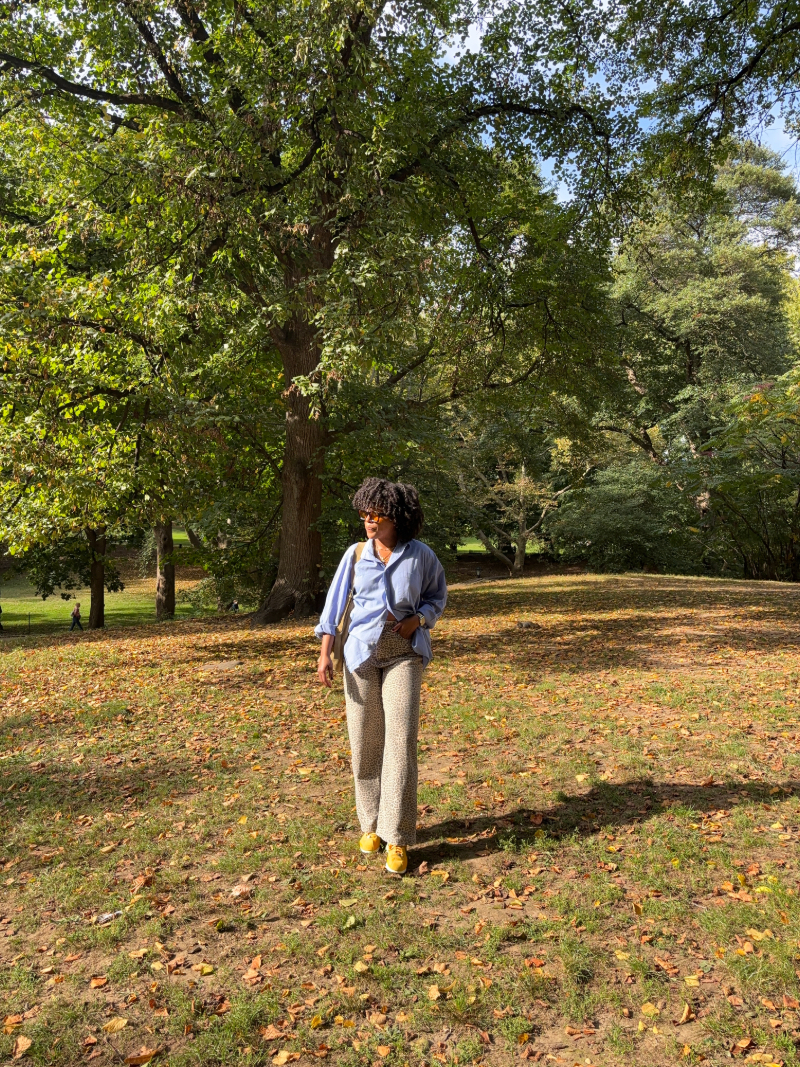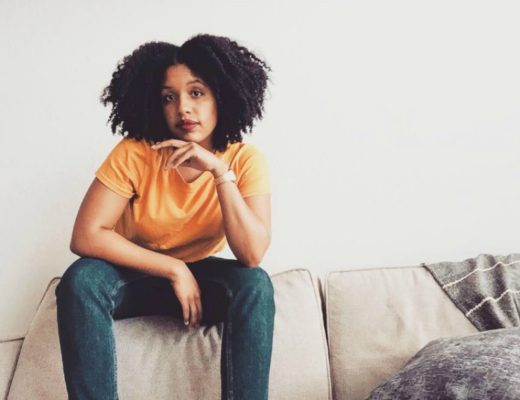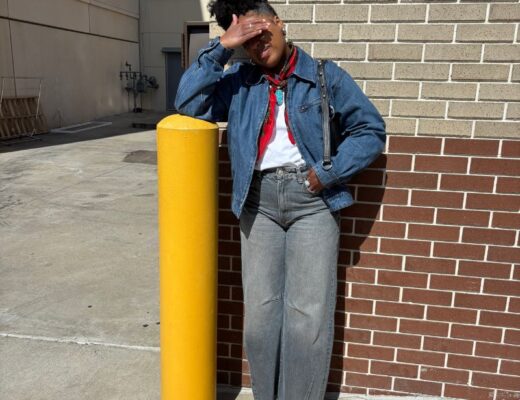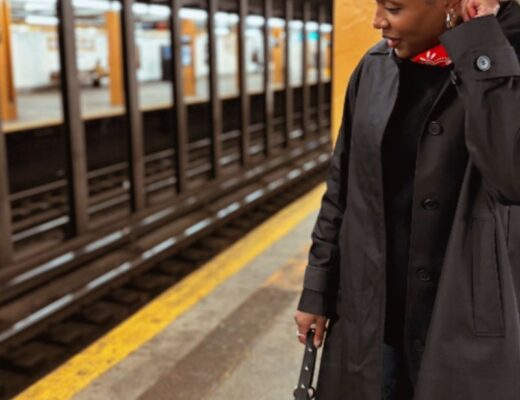I want to commit to mindful spending in a low-buy year this year. In my previous post, I touched very vaguely on my hopes for 2025. I often speak a lot about mental, physical and spiritual health, but not so much about financial health on this platform. And, I actually find financial literacy and health to be very interesting and empowering. But, I also find it can be intimidating and overwhelming. At times, I feel very good about what I’m doing-how I choose to spend vs save vs invest- and at other times I lose confidence. I start to compare myself to those around me and on social media and make assumptions about what I see others are able to ‘afford’ or experiences they’re able to have. Then, I begin to doubt my journey with money, my worth, my value. But, like most of my anxious spirals, there comes a point where I need to reel my thoughts back in and focus on my reality. And, my reality is OKAY. It’s quite good.
However, as an avid self-improver, I think I could be doing better. I exercise discipline in many areas of my life and I know I can do this with my money too. That’s why I’m challenging myself to a low-buy 2025.
What is a low-buy year?
If you’re on any social media platform, you’ve likely seen or heard an influencer talk about their ‘no-buy’ year or ‘low-buy’ year. As the name suggests, a ‘no-buy’ year is more of a restrictive strategy of not buying anything outside of necessities (think food, water, shelter). A ‘low-buy’ year, on the other hand, is a less restrictive approach. Your ‘low-buy’ goal is to focus on essential purchases and limit nonessential purchases. There is more flexibility with a ‘low-buy’ focus.
Why am I doing low-buy?
- Prove to myself that I can.
- Reduce over-consumption.
- Improve my relationship with clothes shopping.
- Break the buy-declutter-buy cycle.
- Put the extra savings towards travel, gifts, savings, investments.
How I plan to be successful?
- I’ve created a list of things I’m allowed to buy.
- I’ve created a list of things I’m not allowed to buy.
- I have a contingency plan for impulse purchases.
- I’ve discussed the plan with loved ones and friends for accountability.
- I will keep a wishlist – if I truly want something, it has to live on the wishlist for at least 2 weeks before purchasing.
When it’s all said and done, I mainly want to walk away feeling more in control and disciplined. I want to get comfortable with delaying the gratification that comes with spending. Finally, I want to learn what my needs versus wants are. I anticipate that I’ll slip up, but my goal is to be more intentional and mindful overall. I hope to evolve from the guilt and shame I sometimes have when I buy things. So, we’ll see how it goes.
Let me know in the comments where you plan to practice a little more discipline this year! Remember, with goals, it’s always helpful to be as specific as you can.






No Comments